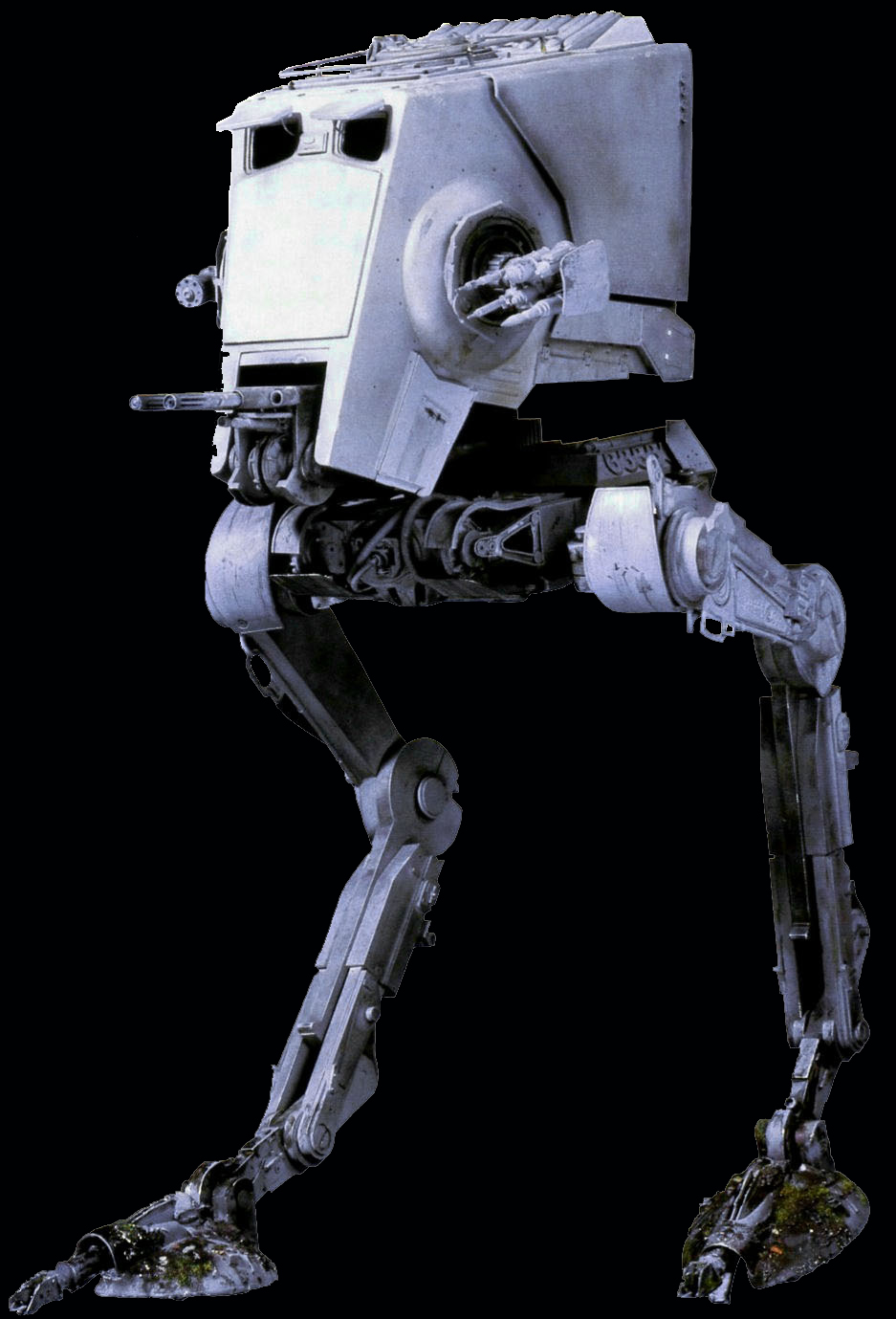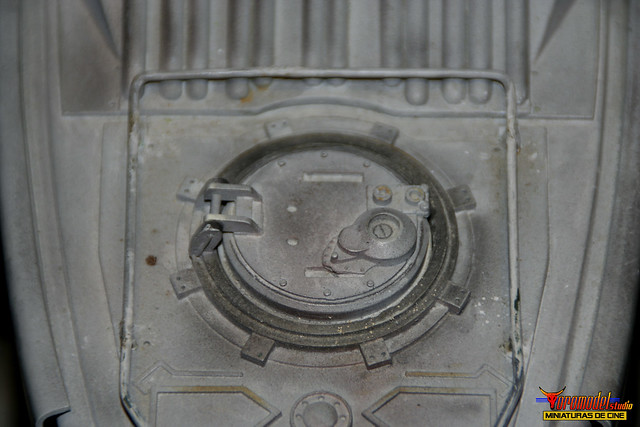NAZGÛL
Sr Member
Id like to hear what you learned about the ILM painting techniques. How did they make that special ILM vibe? Did they have time for preshading, washes, drybrushing and what not we all do during our unrushed paintjobs.
Weathering washes. When looking at reference Ive got a feeling they didnt use them at all or very little on some studio models. TIEs is an example. When looking at the AT-ST (as Im painting at the moment) It feels like its the same there, only some blobs here and there.
Drybrushing. Once again, its hard to see this being used at all.
So please give your best tips to paint ILM style! :thumbsup
Weathering washes. When looking at reference Ive got a feeling they didnt use them at all or very little on some studio models. TIEs is an example. When looking at the AT-ST (as Im painting at the moment) It feels like its the same there, only some blobs here and there.
Drybrushing. Once again, its hard to see this being used at all.
So please give your best tips to paint ILM style! :thumbsup
Last edited:




